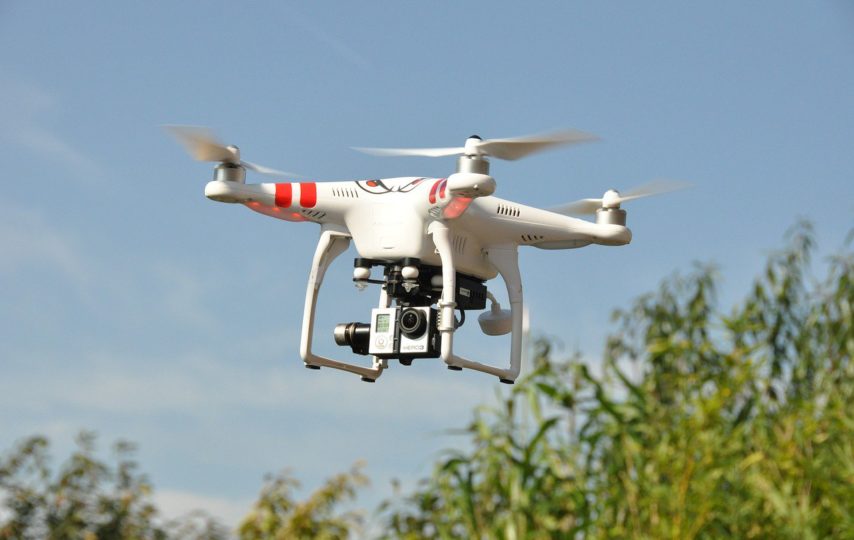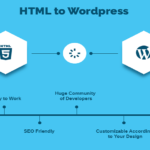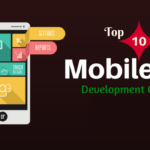Turn your head around and you’d find a couple of hotel chains using drones for capturing luscious and exotic visuals of the beach.
According to Fortune, more than 600,000 drones have been registered with the Federal Aviation Administration (FAA), the government body regulating all aspects of US civil aviation.
And following the trend Skift, the largest and most well-known travel marketing and research company, stated, “Visuals are the new language of the digital era”.
Anyway, let’s look at some of the various aspects of drones before we take a look at another new innovative way of utilising it. Let’s delve in!
Benefits of using a Drone:
- Marketing and advertising – It’s no secret that humans are visual creatures. And tourism is one of those few sectors which relies heavily upon the advertisement.
And not surprisingly at all, it turns out that video is one of the most lucrative and effective means of publicity.
The evolution of the UAV (Unmanned Aerial Vehicle) technology made it quite popular and cost-effective.
Google’s data insight section — Think with Google — noticed the trend early on that people tend to prefer visual advertising much more (video ads, to be more specific) compared to boring textual advertisings (or even ads with still images).
- Virtual tours – Many big names in the industry are giving their potential customers an opportunity to experience the vacation spot in a much more natural way using VR.
This novel approach (commonly known as a virtual tour) combines the stunning photography capabilities of a drone and the immersive experience of the Virtual Reality.
This can be achieved by recording the video from several different angles (which helps generate the depth) and then stitching the visuals together.
This gives the users an uninterrupted experience enabling them to get a glimpse of the vacation spot right from their couch.
That being said, a virtual tour can NEVER be an alternative to actually visiting the countryside and experiencing the thrill and chill of skiing in the Alps.
- Law enforcement – Last but certainly not the least, drones are now being used for maintaining order and peace.
As it’s explained in much more detail in the next few sections, the drones can be used for capturing visuals and analysing the feed literally on the fly for unwanted scenarios such as antisocial activities or violence.
As the drones would be capturing the videos alongside the analysis, the video feed can be used later for identifying the offenders.
Drones for detecting violence:
A lot of research has been done on analysing and predicting human responses.
The DensePose project from Facebook gives the ability to track the outlines of a human from an image or video, giving the machines more power than simply detecting the joints.
A rather recent paper released by Amarjot Singh, Devendra Patil and SN Omkar focuses on the possibility of building a violence detection system that would be able to detect violence and criminal activities from visuals captured by drones.
What actually does it do?
The researchers used an ordinary handheld drone for capturing the video. The real-time feed was then sent back to the control centre for getting analysed.
To conduct the analysis in real-time, they had to use Amazon AWS and a couple of NVIDIA Tesla GPUs. The deep learning system was trained with the help of a single GPU on a standalone machine.
Their algorithm then combs through the video feed and looks for any suspicious poses indicating any form of violence.
At the time of the publication of their work, the researchers were able to classify 5 different poses i.e. kicking, punching, stabbing, strangling and shooting which they found to be effective.
How did it perform?
Well, the results were both pretty exciting and at the same time disappointing. Their approach proved to be excellent with nearly 88% of the time detecting violence successfully.
But on the flip side, the accuracy dropped drastically as the number of people in the video increased. The success rate came down to a meagre 79% when there was a bunch of people in the video.
But most importantly, this result was obtained by testing on the ‘test data’ with the volunteers striking exaggerated poses.
And it has been witnessed over and over again that many models that seemed promising at the beginning ended up performing pretty poorly on real-life situations.
It needs to maintain the high success rate in actual scenarios where the actions are usually much more subtle and there is usually no limit on the number of persons present in the visual.
Other approaches…
This was simply one of the many efforts that were made to build an automated violent detection model.
Chinese researchers Peipei Zhou, Qinghai Ding, Haibo Luo and Xinglin Hou worked on something very similar and tried to detect violent behaviour in surveillance footages.
Their approach, though, involves segmenting those part of the images that has some apparent motion.
Then they further analyse those sections of the image using low-level features namely Local Histograms of Oriented Gradients (LHOG) and Local Histograms of Optical Flow (LHOF).
Swathikiran Sudhakaran and Oswald Lanz used the combination of a convolutional neural network and the Long Short-Term Memory (LSTM) Networks, collectively known as the ConvLSTM for the detection of violence in video feeds.
The significance of automatic violence detection:
The tourism sector is humongous, and many nations depend heavily on this industry. Some numbers and statistics would make it clearer.
Global travel and tourism sector is one of the world’s largest industries with over $8 trillion of contribution yearly (direct, indirect and induced). Over $800 billion is invested in this industry annually.
And it’s hard to believe that every one job in 10 is related to tourism in some way, either directly or indirectly (World Travel & Tourism Council).
Billions of tourists visit tourist attractions every year and, according to the World Tourism Organization, the total number of visitors in the first half of 2018 was nearly 6% more compared to the numbers of 2017.
That being said, the tourism industry is a very sensitive sector. It is easily influenced by even the slightest of the disturbances.
A piece of small information would be enough to show how this is true. Over the last decade Turkey, Egypt and Tunisia, three popular tourist spots, witnessed extreme downfall in the number of visitors.
And the reason was pretty obvious – war and terrorist activities. The good news is that it seems the European visitors are, at the very least, starting to crowd these countries once again as their summer destination.
Keeping all of these in mind, it’s not hard to see why the internal law enforcement divisions are found to be wrong-footed in the festive seasons maintaining law and order.
And that’s precisely why an automatic violence detection system becomes so invaluable.
Rather than waiting for someone to call the law enforcers in case some petty act of vandalism or an all-out riot is spotted, the automated drone can capture the videos and inform the officials immediately if it detects something fishy.
Neutralising the threat immediately not only helps maintain the air of safety and order but can even save lives in the worst case.








